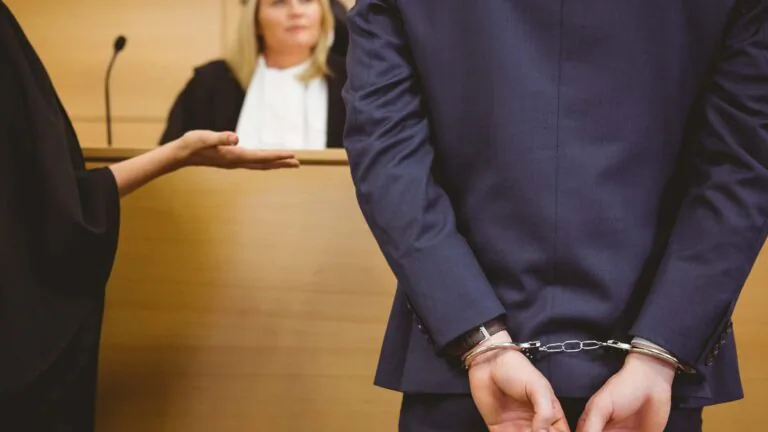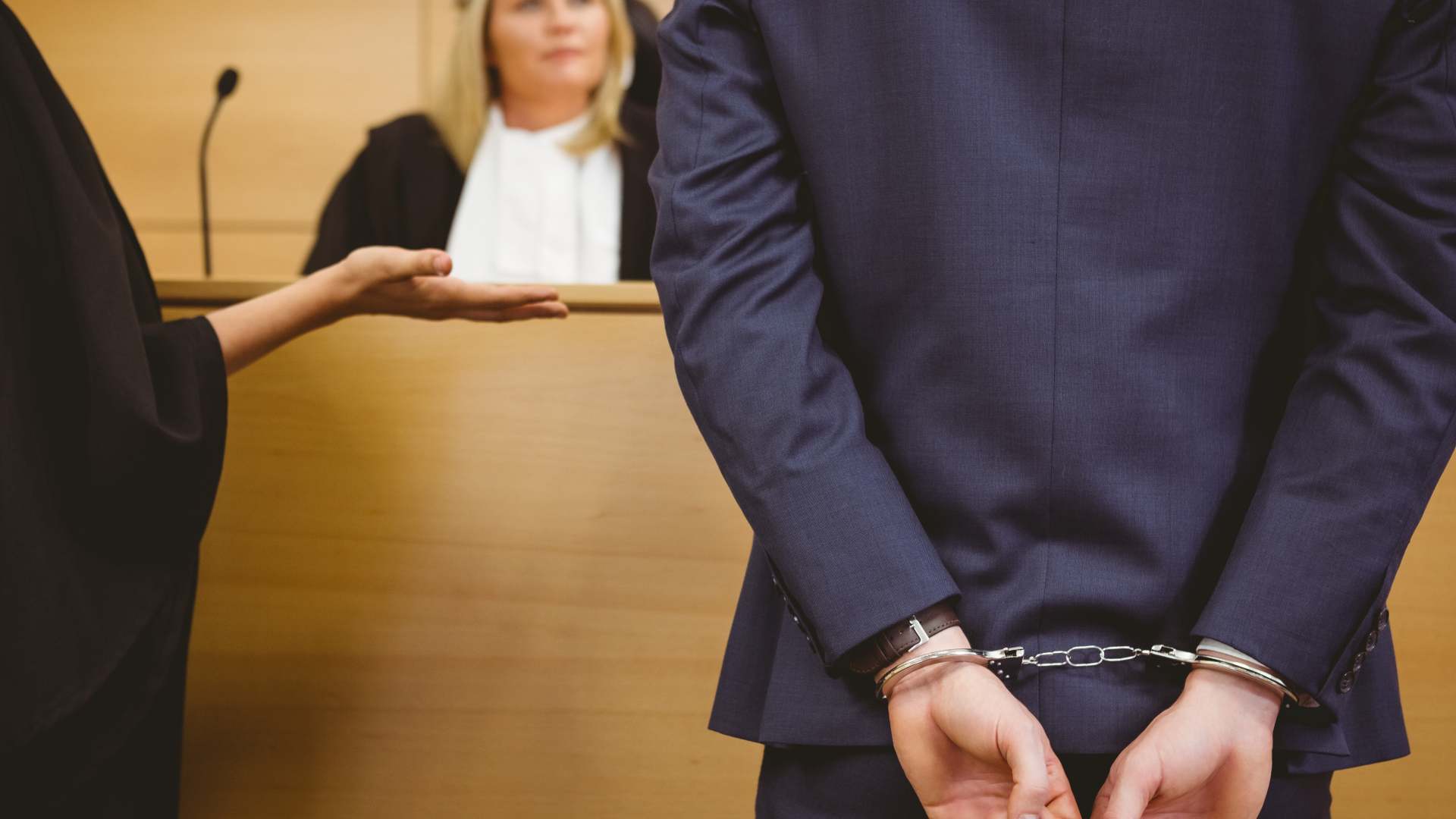A federal wire fraud defense lawyer in New York City is a legal professional focused on defending individuals and businesses facing wire fraud charges. According to the US Department of Justice, federal wire fraud involves using electronic communication, such as email or phone, to carry out fraud schemes. This crime category includes activities like phishing scams, bank fraud, securities fraud, or healthcare fraud. Those charged with federal wire fraud face serious consequences, including possible prison sentences, as these cases often involve complex legal challenges.
Understanding federal wire fraud and its implications is crucial for anyone accused of these charges. Wire fraud accusations are not only severe but can also be complicated, involving various alleged criminal activities. The distinction between accidental actions and criminal intent can be unclear, and as noted in 18 U.S.C. § 1343, a conviction can lead to penalties as severe as 20 years in prison. This high level of risk underscores the importance of having a solid legal defense to navigate the legal system effectively.
At The Fast Law Firm, P.C., based in New York City, we understand the complexities of federal wire fraud cases and are prepared to help clients facing these charges. Our team applies our trial experience and legal knowledge to defend against accusations such as identity theft, money laundering, and other serious white-collar crimes; more information is available on our Practice Areas site.
Contact us to schedule a free consultation. We’re ready to provide a thorough examination of each case and develop customized strategies to address the specifics of your situation.
Federal Wire Fraud Explained
Federal wire fraud refers to the act of using electronic communication to carry out a scheme to defraud. This can include using email, telephone, or fax machines to deceive others and illegally obtain money or property. Being charged with this crime is serious due to the federal jurisdiction, which often results in significant penalties.
Federal wire fraud charges fall under Title 18, US Code, Section 1343; understanding Section 1343 involves recognizing the legal parallels it shares with mail fraud statutes, although the crucial difference lies in the mode of communication. You can find more information about wire fraud on our website.
The law says that to commit fraud, there should be a plan to trick people, and the scam should involve sending fake information across state or national borders. This distinguishes wire fraud from mail fraud. While mail fraud involves physical mail, wire fraud requires the use of electronic mediums.
In prosecuting wire fraud cases, the government is required to establish intent to commit fraud and demonstrate the use of electronic communication. The prosecution should also prove that wire communications, such as telephone calls or emails, were part of the fraudulent scheme.
Understanding the intricacies of wire fraud is crucial to successfully defending against these charges. A skilled lawyer plays a vital role in challenging the evidence and asserting a robust defense.
Understanding the Elements of Wire Fraud
Wire fraud is a serious charge that requires understanding specific legal elements. Under 18 U.S.C. § 1343, the prosecution would’ve to prove a fraudulent scheme existed and there was an intention to defraud others through electronic communication methods.
Intent to Defraud: A key element in wire fraud cases. Prosecutors will have to prove that the accused had a clear intention to deceive, not just a lack of knowledge or mistake.
Material Misrepresentations: The use of false statements or promises that significantly influence another’s decision-making. The statements should be substantial enough to affect the victim’s decision.
Use of Interstate Wires: The fraudulent activity involves communication through electronic means across state lines. This makes the crime federal. Examples of such communications include emails, phone calls, or wire transfers.
Wire fraud differs from scheme to defraud charges in New York. New York state law focuses on patterns in fraudulent behavior rather than specific acts affecting multiple victims. The US Department of Justice’s official explanation of mail and wire fraud provides further context.
These elements pose unique challenges and opportunities for defense strategies, often focusing on disproving intent or the material impact of misrepresentations. Understanding these components is crucial for effectively navigating a wire fraud case.
Potential Penalties for Wire Fraud Convictions
Wire fraud convictions carry serious penalties, reflecting the federal government’s stance on such offenses. A conviction may result in federal prison time, with sentences often stretching from a few years to decades. The exact length of a prison sentence depends on factors like the scope of the fraud and the amount of financial loss involved. However, as previously stated, a conviction can lead to up to 20 years in prison.
Financial penalties are also substantial. As noted in the 1989 amendment to US Code § 1343, offenders might face a fine of up to $1 million “if the violation affects a financial institution.”
The federal sentencing guidelines help determine specific fines, which are influenced by the extent of the fraudulent activities and the number of victims affected. The court typically determines restitution to victims as part of the sentencing process and requires offenders to compensate those harmed financially; more information on the restitution process is available on the US Department of Justice website.
Another potential consequence is the forfeiture of assets obtained through fraudulent means. 18 U.S.C. § 982(a)(2) allows the US government to seize assets. Forfeitures can target assets derived from fraud, such as wire fraud. This aspect ensures that criminals do not profit from their illegal activities. The amount of loss, as outlined in the sentencing guidelines, plays a vital role in determining the severity of the punishment.
Here’s a real-world example where individuals involved in large-scale fraud face these consequences. The specifics of each case can vary widely, but the overarching theme is the severity with which wire fraud is addressed in the judicial system.
How The Fast Law Firm, P.C. Can Help
Facing wire fraud charges in New York can feel overwhelming. With federal prosecutors actively pursuing these cases, it’s crucial to remain calm and take strategic steps immediately. Dealing with federal wire fraud charges calls for precision and experience. At The Fast Law Firm, P.C., we offer robust legal representation to tackle such complex matters in NYC. Our team provides comprehensive strategies for dealing with these complex cases.
Our Experience
We practice criminal defense, with a particular focus on federal wire fraud cases. Swift action is crucial in these cases; we ensure immediate and strategic legal support.
Strategic Defense Approaches
In wire fraud cases, we question evidence rigorously, challenge intent, and deploy legal defenses specific to each situation. Our personalized approach ensures that every legal tactic aligns with the client’s circumstances.
Our familiarity with the intricacies of federal criminal law positions us as a powerful ally. Learn more about our general federal criminal defense services. We stand ready to defend our clients’ rights with dedication and precision.
Early intervention is critical. By collaborating with us, you ensure that your rights are protected from the outset. We can help gather evidence, speak with witnesses, and manage negotiations with federal prosecutors. Consider scheduling a free consultation if you or your loved ones face such charges. Our team is prepared to assist you through this challenging process with clarity and dedication.


